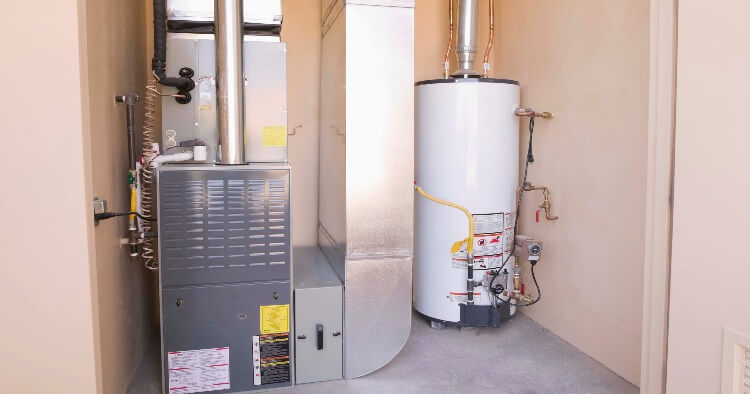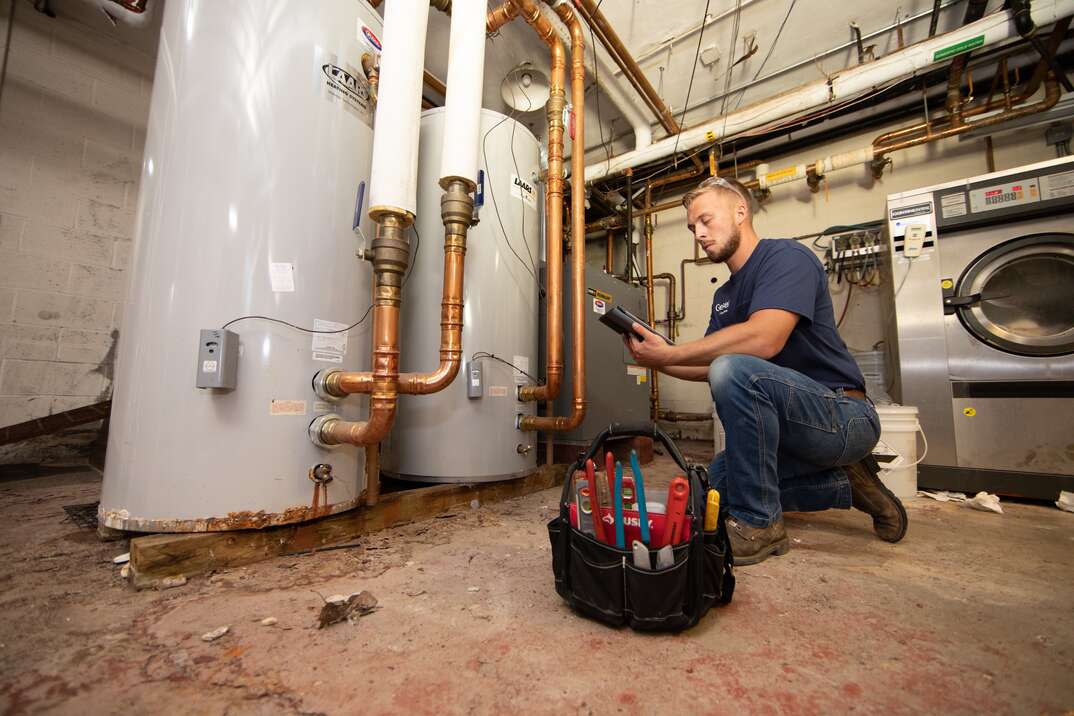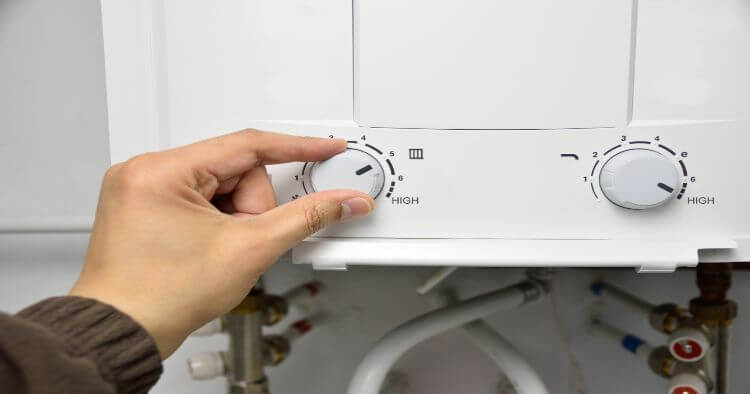What is the difference between Propane and an Oil Furnace?

When I was growing up, my parents kept the thermostat between 68 and 73 degrees year-round. Living in a bedroom above the garage, winters would be extremely cold, while summers were on the other side of the spectrum. I often wondered, "Can one or two degrees higher or lower really make a difference?"
[1]:
[2]: /en-us/assets/images/blog/HomeServe-CTAsAvailablePlan.jpg
[3]: /en-us/assets/images/blog/HomeServe-CTAsViewPlan.jpg
[![HomeServeAvailablePlan][2]][1]
As an adult, I now know that my parents were right to monitor the thermostat so closely. A difference of a few degrees adds up on monthly heating and cooling bills. It’s also important to consider the type of fuel your house uses to stave off bitter cold in the wintertime.
With that in mind, let's take a closer look at the pros and cons of propane gas versus home heating oil:
Propane and Oil basics: A return to Chemistry 101
The most basic difference between propane and oil is strictly chemical. They both come from crude oil, but the former is a carbon-hydrogen gas compound (C3H8, to be specific, per the Energy Information Administration), while the latter is a fuel distillate made with at least 14 separate carbons. Propane is akin to butane, propylene and other liquefied petroleum gases, whereas home heating oil has more in common with petroleum jelly.
All of this means they burn differently, which ties into efficiency: According to This Old House, oil burns at a slower rate but produces 48% more British Thermal Units (BTUs) per gallon (and thus more heat) than the faster-burning propane. But lest you think that's the main argument for one over the other, there's a lot more to this debate.
Pros and cons of oil heat
This Old House also notes that oil offers approximately 28% more BTUs per dollar than propane - in terms of its total cost per gallon, which the home improvement program cited as being about 18% greater than the per-gallon price of propane. In fact, aside from natural gas, oil is ultimately the least expensive home fuel option by annual material cost, according to PickHVAC. Oil is also the least flammable of all home heating sources, making it safer from a fire-risk perspective and perhaps the best choice for families with small children.
Learn More About Home Repair Plans Near You
However, that low flammability means an oil furnace burns less cost-efficiently than its aforementioned BTU figure might indicate, maxing out at 87% efficiency as opposed to the 98% that's possible with propane. Additionally, components and installation make oil a hefty initial investment: A new oil furnace can cost $6,000 or more when you add installation fees, while propane or gas furnaces rarely exceed $2,000.
Propane advantages and disadvantages
The biggest pros to propane are that it’s easier, less costly installation and utility. It vents exhaust through sidewall vents that are relatively simple to install and require little upkeep, unlike oil fumes that accumulate soot and gunk in chimneys, necessitating regular cleaning. Also, propane-heated homes almost always use the gas for cooking as well, which helps streamline utility usage.
On the other hand, propane is arguably the most dangerous home fuel. Its infrastructure must be set up outside the house, as the tiniest spark can cause an explosion even in minor leaks, so you need to be extremely careful as you change tanks. Additionally, while propane furnaces or boilers are cleaner than oil, they can hardly be called environmentally friendly.
Making the choice
Right now you might be asking, "Well, why don't I just go with gas?" The answer is availability: Natural gas pipelines simply aren't present in some parts of the U.S. If you're in such an area, propane or oil are certainly better than inefficient electric heat and less expensive than various biofuel options.
It’s important to carefully consider all of the factors above before picking oil or propane.
Being prepared ahead of any home repair occurrence is a smart move. Having a home repair plan can help you manage costs of covered repairs.
[![HomeServeViewPlan][3]][1]


